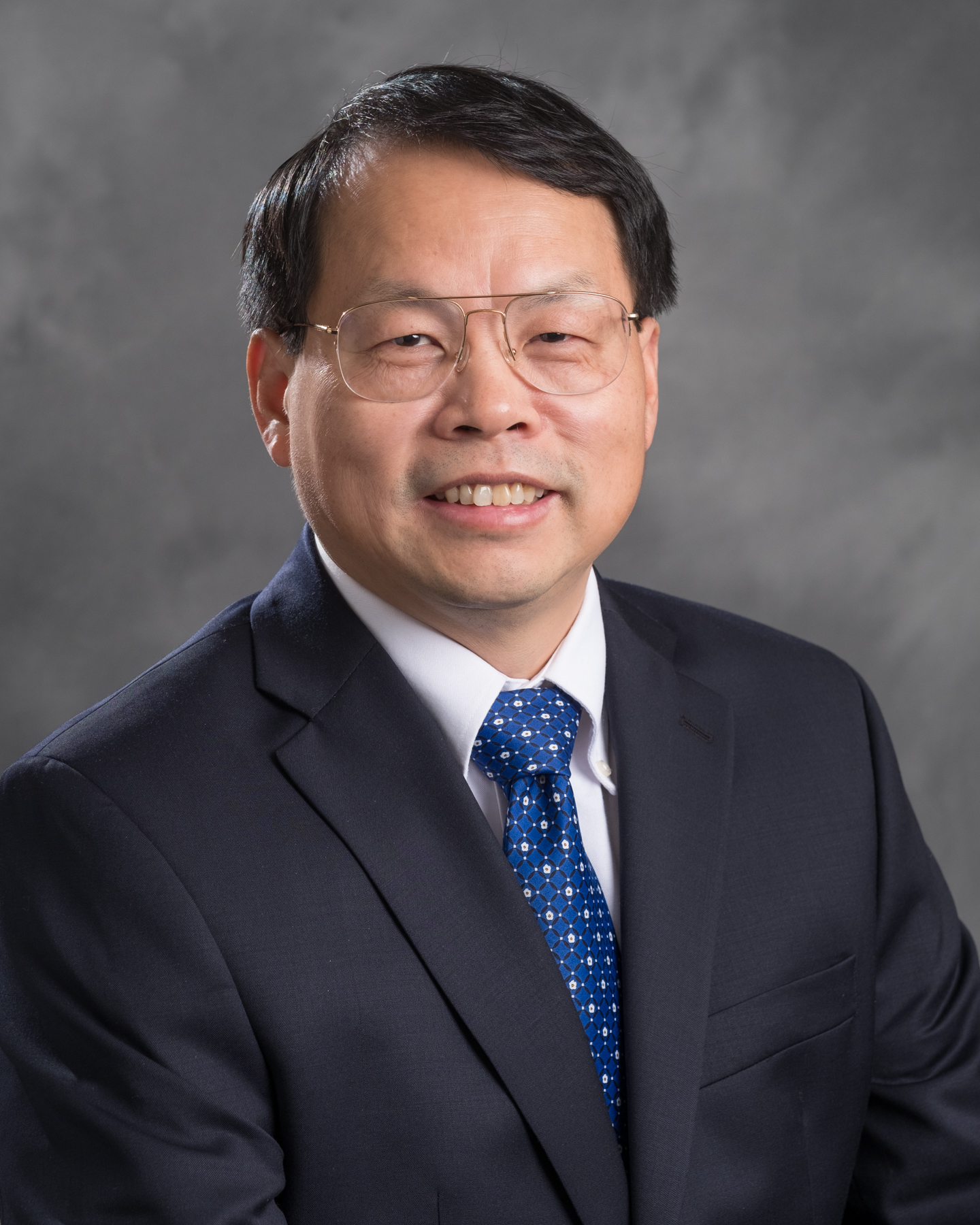Finding a guide when harnessing data for a quest
When scientists engage in research efforts that involve integration, interdependence, interrelatedness, and other “inters” that signal the pathways to solutions are not simple, two mindsets are critical:
This journey is going to be in the real world.
It will be crucial to find new guides.
Scientists with the National Science Foundation (NSF)-funded Institute for Geospatial Understanding through an Integrative Discovery Environment, known as I-GUIDE, are turning to the telecoupling framework to help disentangle the complexity of globalization. Telecoupling can help systematically expand from a focus on specific places separately to human-nature interactions across distant places. It provides a powerful approach to uncovering the hidden impacts of human activities within specific places on sustainability elsewhere.
I-GUIDE is born out of the NSF’s quest to harness the data revolution. I-GUIDE fosters collaboration and provides access to advanced geospatial data capabilities, tackling fundamental scientific and societal challenges with innovative solutions.
I-GUIDE is a vast team of scientists at universities, along with partners in industries and scientific consortiums, to tackle problems like the risk posed by aging dams across the United States. It also is working on The Convergence Curriculum for Geospatial Data Science -- an integrative framework to prepare next-generation students and current-generation scholars and professionals to tackle complex, convergent problems.
Few things get more real than aging dams. According to the Federal Emergency
Management Agency, some 15,000 dams in the United States are classified as high-hazard potential, meaning their failure could result in loss of life and extensive damage. Changing climate not only raises the stakes of dam failure – but also underscores how complex the problem is. Hydrology is not the only field in addressing the integrity of an old dam.
It’s crucial to understand both the human and natural elements that affect that water, the weather that may impact it, how changes in land use affect water flow, human behaviors that may be causing changes in weather, climate and land use, as well as the elements of both nature and people that could be affected by the dam’s endurance or failure.

Telecoupling is the way EEB core faculty member Jianguo “Jack” Liu, director of the Center for Systems Integration and Sustainability at Michigan State University and a leader on I-GUIDE’s Convergence Science Catalysts Team, describes how distance is shrinking and connections are strengthening between nature and humans. He introduced the concept of telecoupling in 2008.
“Telecoupling is about connecting both human and natural systems over distances,” Liu said. “There are new and faster ways of connecting the whole planet -- from big events like earthquakes and floods to tourism, trade, migration, pollution, climate change, flows of information and financial capital, and invasion of animal and plant species.”
Telecoupling, which factors in the back-and-forth of sending and receiving systems, flows, and spillover systems, is being employed by researchers across the world as well as by the Global Land Project, and in the 2021 Nobel Prize Summit.
Because telecoupling is born from complexity, it is a sea change for scientists and is entering conversations and calculations as I-GUIDE scientists learn new ways of seeking holistic change.
“The concept behind telecoupling is very valuable,” said George Percivall, a geospatial engineer with GeoRoundtable who serves on I-GUIDE’s Council of Geospatial Leaders. “We connect in so many different ways across space and over time. We see connections we’ve never seen before. We need I-GUIDE to identify novel connections that come from collaboration that we’ve never seen before.”
“Telecoupling is central to advancing geospatial understanding for sustainability solutions,” said Shaowen Wang, I-GUIDE’s principal investigator and director. “Through the use and analysis of
complex and massive geospatial data while helping nurture a diverse, equitable, and
inclusive geospatial data and convergence science community by bridging disciplinary
digital divides.”
Mohan Ramamurthy, a co-leader in I-GUIDE’s education and workforce development and center director of the University Corporation for Atmospheric Research, attended Liu’s presentation on telecoupling at the October I-GUIDE Forum in New York City. After the following discussion, he said that his understanding of the concept is expanding beyond a simple connection between human and natural systems to encompass a much broader understanding.
“I see it involves supply chain bottlenecks during the Covid pandemic and includes concepts of commerce, and it can be about broad impacts of weather patterns. “Telecoupling is real,” he said. “It can show us tremendous impact all throughout the world. It is exciting and terrifying.”
Terrifying, of course, only in revealing the depth of challenges faced in real-world problems, and exciting in helping bring structure and insights to these grand challenges.



